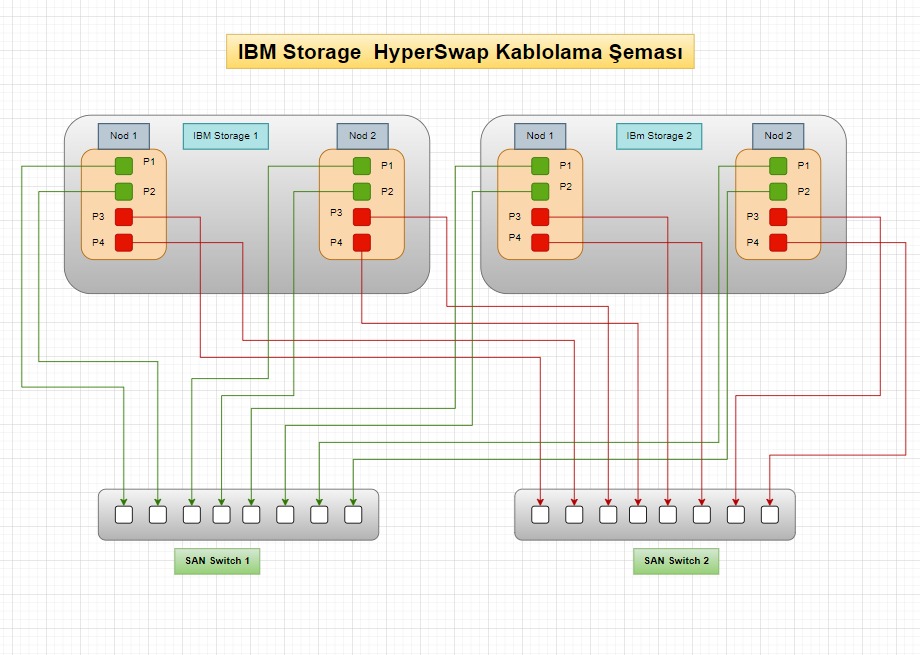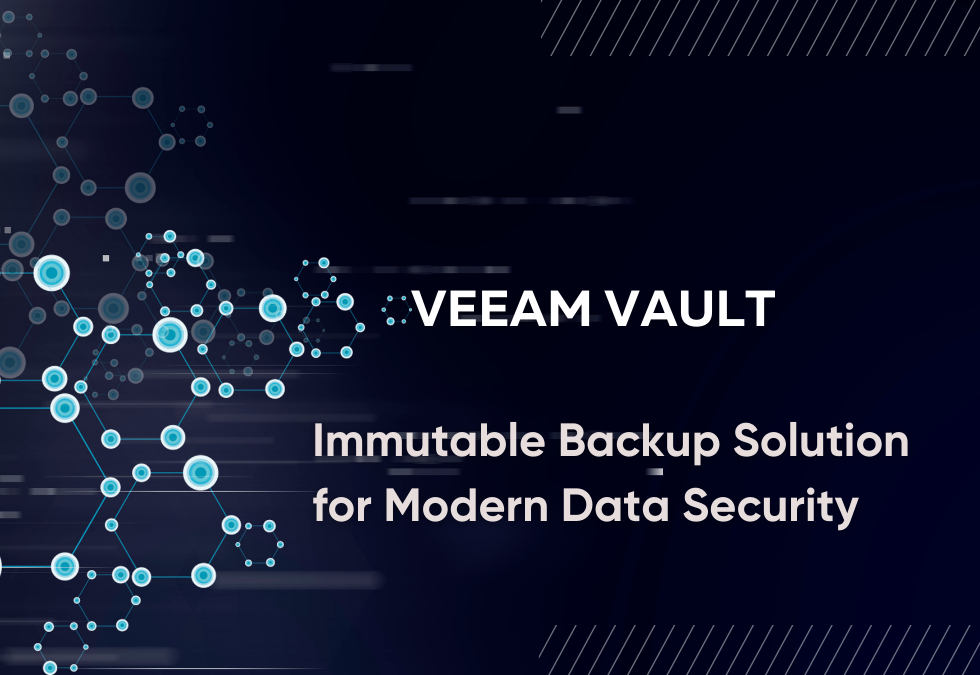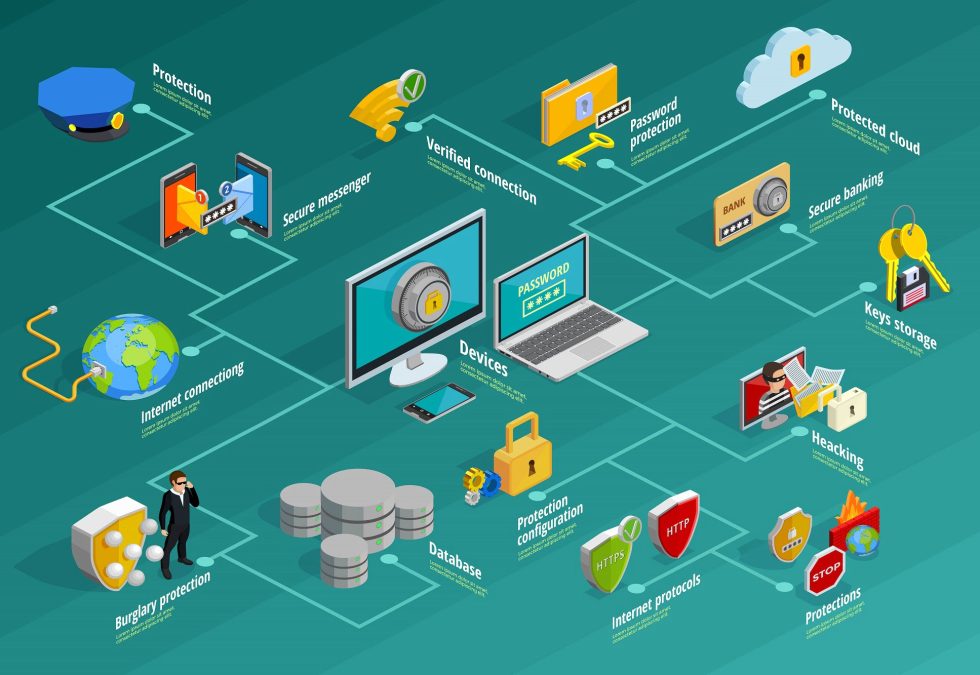IBM HyperSwap is a feature that provides high availability and dual-site access to a volume. This feature is available on systems that support multiple I/O groups. HyperSwap topology is supported on Storwize® V5030E systems.
When you configure a system with HyperSwap topology, the system configuration is split between two sites for scenarios such as data recovery, migration, or high availability.
Each node or enclosure, external storage systems, and host must be assigned to a site in the configuration. Both capsules of an I/O group must be in the same site.
This site should be the same site of external storage systems that provide managed disks to the I/O group.
When managed disks are added to storage pools, site attributes must match. This requirement ensures that each copy in the HyperSwap volume is completely independent and located in a different site.
HyperSwap volumes are configured such that one copy is in one site and the other copy is in another site. Data written to the volume is automatically sent to both copies. If one site becomes unavailable, the other site can access the volume. If you are using ownership groups to manage HyperSwap volumes, both volume copies and users accessing them must be assigned to the same ownership group.
A 2-site HyperSwap configuration can be extended to a third site for disaster recovery using IBM Spectrum Virtualize 3-Site Orchestrator. IBM Spectrum Virtualize 3-Site Orchestrator is a command-line-based application that configures and manages replication setups supported for disaster recovery and high availability scenarios on three geographically dispersed sites in IBM Spectrum Virtualize products.
When creating HyperSwap systems, an automatic HyperSwap relationship is established between copies. These relationships work automatically based on which copies are online and current, and they switch direction. Relationships provide access to the current copy via a unique identity on a single volume. Relationships can be grouped into consistency groups like other remote copy types and consistently fail over based on the state of all copies. A snapshot for disaster recovery is preserved on both sites.

If you want to get professional service, please contact info@cozumtek.com.








